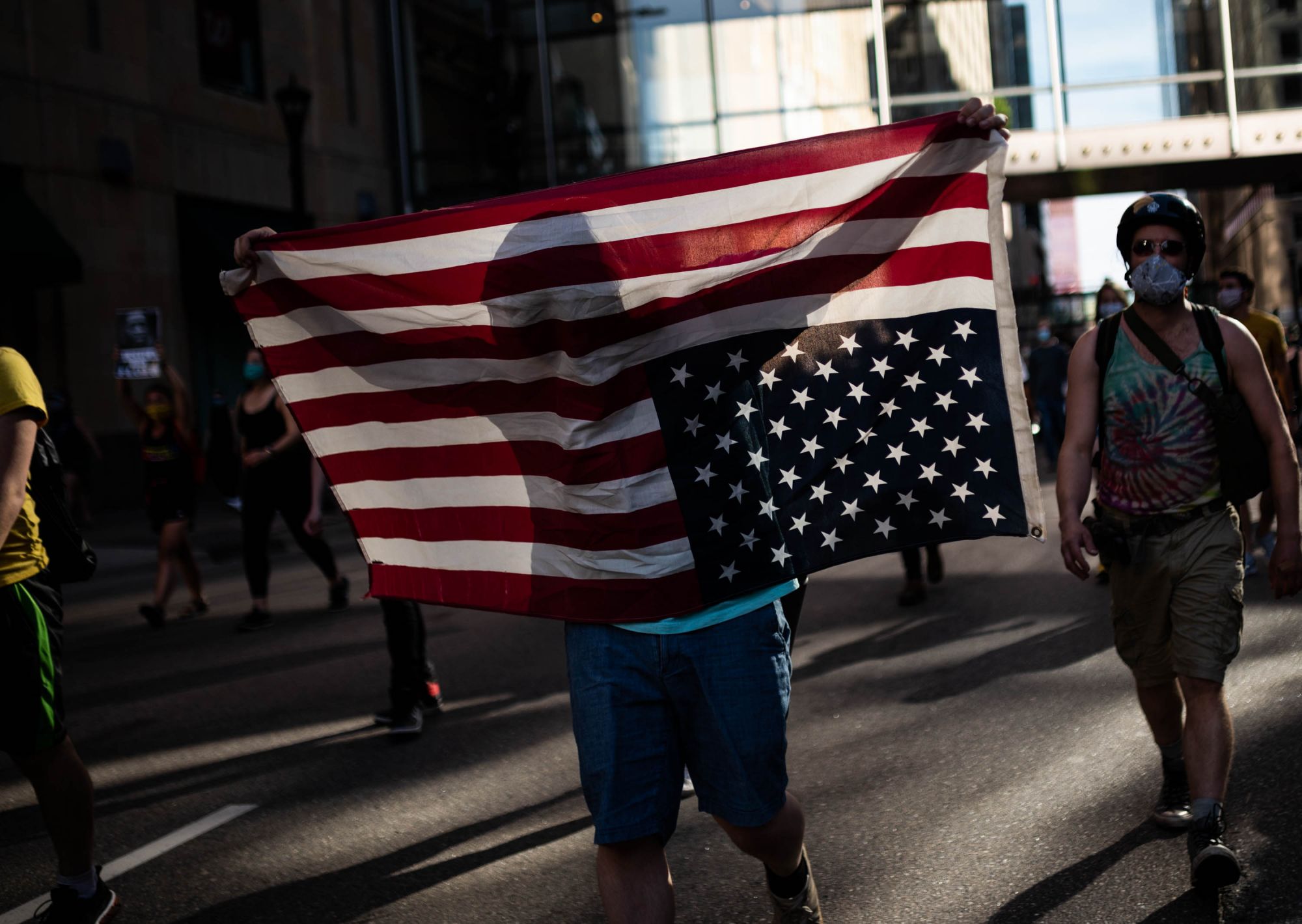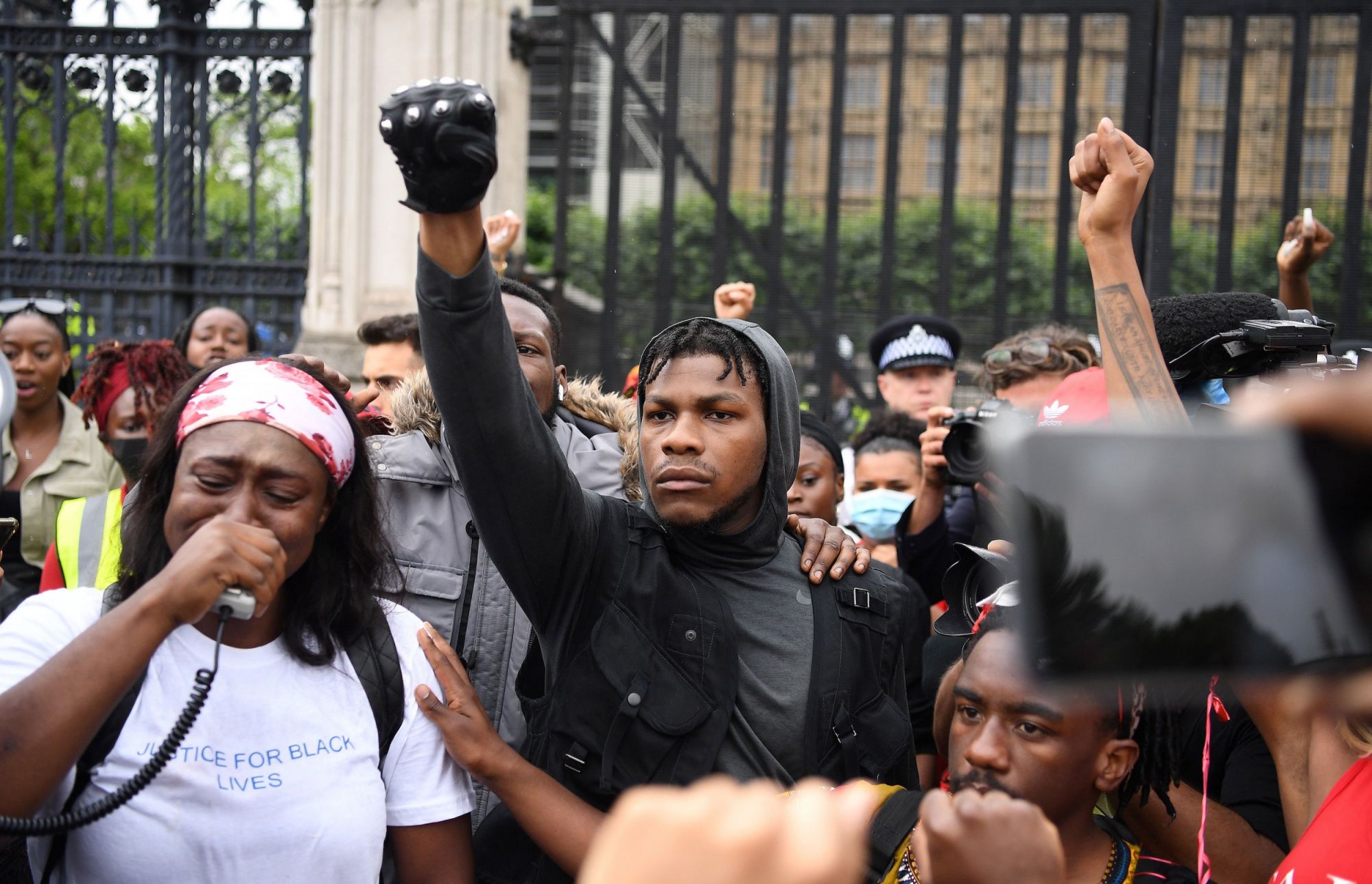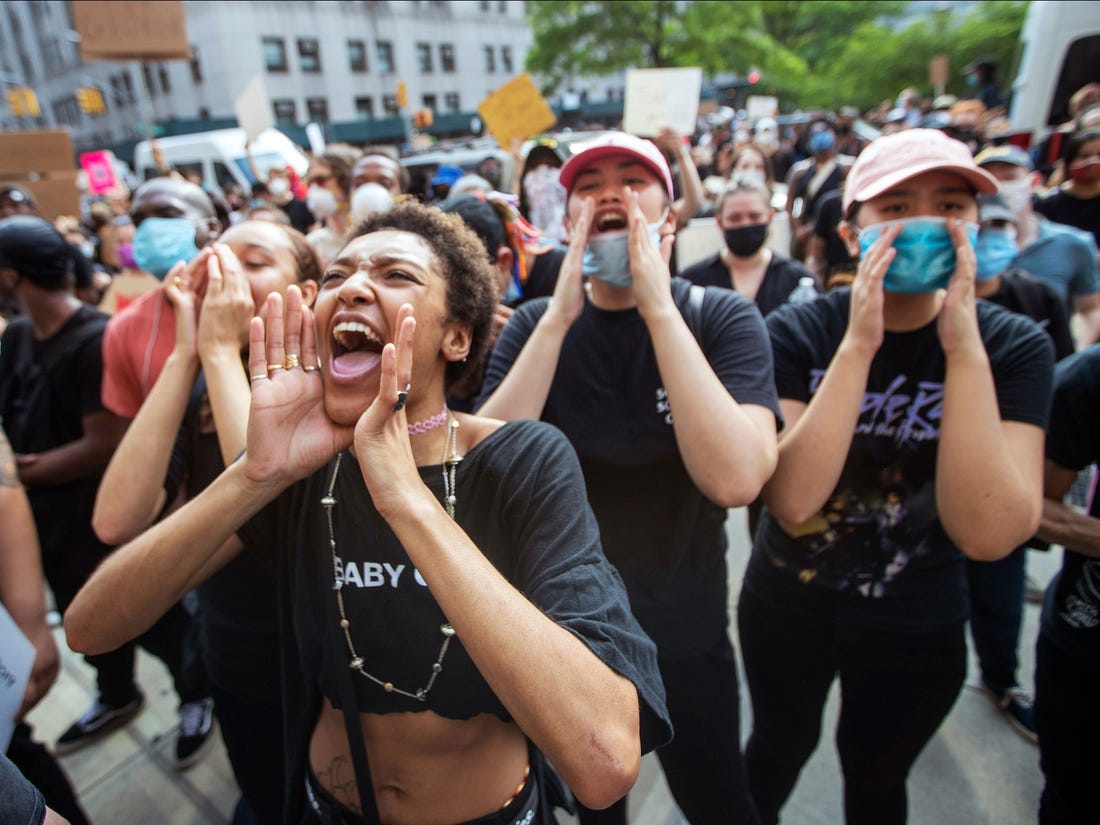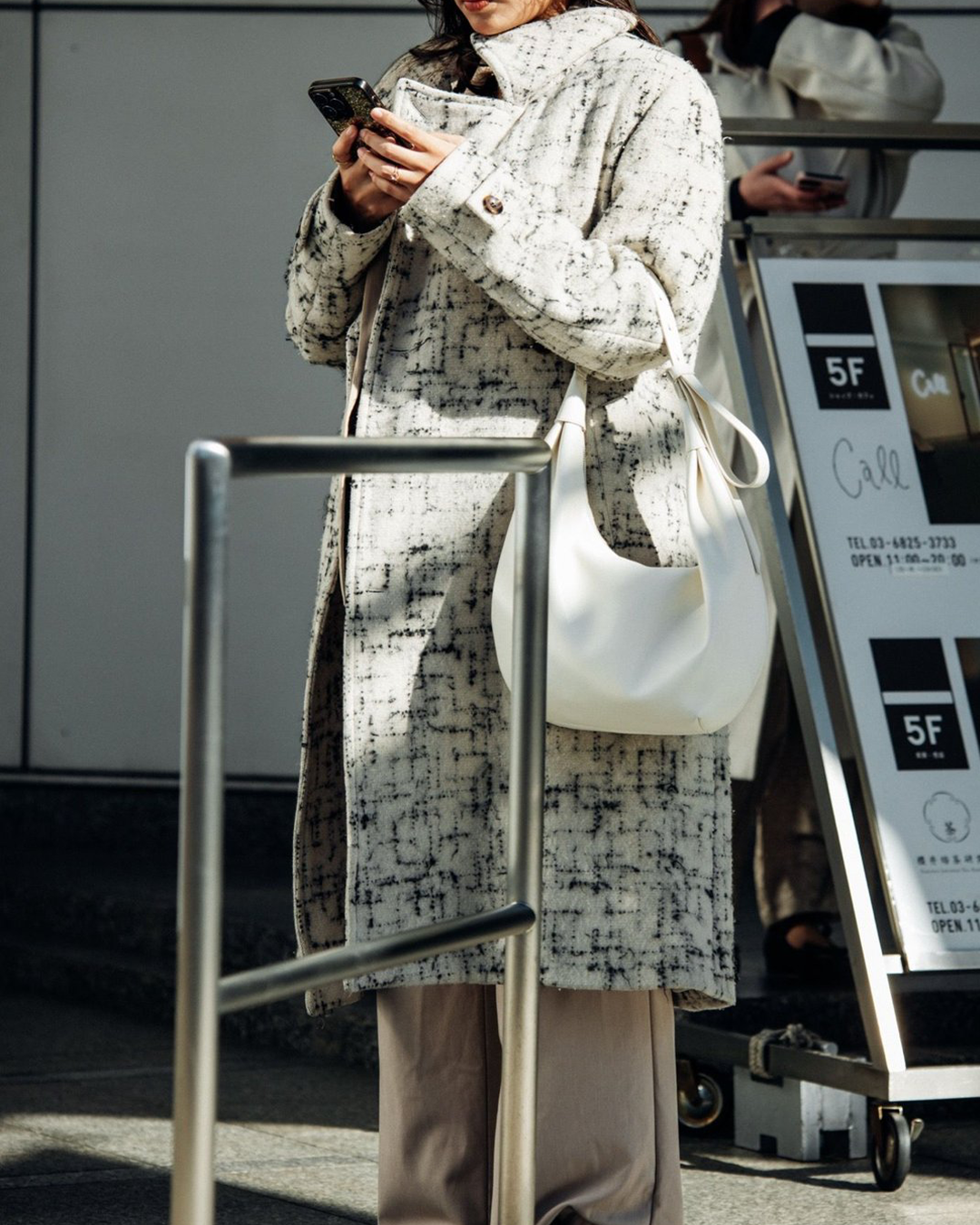
20 key words in learning to be anti-racist A glossary of important anti-racism terms
After involving all fifty states that make up the United States and eighteen other countries around the world, Black Lives Matter has become the largest civil rights movement in history. In the wake of the current anti-racism movement that has been occurring across the world, the most important part of your efforts to fight for the cause is ensuring your adequately equipped with the knowledge to do so. As activist Angela Davis says , “It's not enough to be non-racist, we must be anti racist,” and in order to effectively carry out the task of being an antiracist — one who campaigns against racism and promotes racial tolerance — it’s important that you educate yourself.
This entails more than just observing and commenting, but requires taking a step back, acknowledging the situation, processing based on the knowledge you have available and forming a constructive opinion not with the basis of your personal experiences as a non person of colour, but with the ability to objectively comprehend through the eyes of someone else. It is a process that requires being aware of history, not only the history that was taught in schools but that which was not included in the everyday curriculum. Another aspect is understanding the meaning of everyday terms used in the process of everyday discussion regarding race.
For this reason, nss magazine has created a glossary of terms that illustrate the key concepts of the anti-racist movement that is animating the cultural debate today.
GLOSSARY OF ANTI-RACISM TERMS
Ally |
An ally is someone who makes the commitment and effort to acknowledge their privilege (whether based on gender, class, race, sex, etc) to work in solidarity with minority groups towards reducing their oppression and raising awareness of the struggle of the group. |
|
Anti-black |
To be anti-black means to be resistant or antagonistic to black people, their culture, values or objectives. There exists two forms, a subtle systemic version that predetermines the socioeconomic status and standards of everyday life against the favour of black people , which is held in place by institutions and ideologies. It’s essentially not having interest in the culture usually based on no logical grounds, or with the grounds of an inaccurate preconceived notion formed .
The second kind is a more aggressive, unethical version which actively campaigns against anything black , it is racism but specifically in regards to black people. |
|
Covert Racism |
A form of racial discrimination that is disguised, hidden and subtle. It is the use of passive or seemingly passive methods that concur racial biases and preferences. |
|
Colourism |
The prejudice or discrimination against individuals based on the darkness of their skin. It’s the preference of individuals with lighter skin tones, which was born from the idea that one’s value is to be determined based on how close they are to being white. |
|
Colorism |
Il pregiudizio o la discriminazione nei confronti di individui basato sul colore e tonalità della loro pelle. È la preferenza di individui con tonalità della pelle più chiare, nata dall'idea che il valore di qualcuno venga determinato in base alla loro vicinanza al bianco. | |
Colourblind Racism |
"I don't see colour", a very famous phrase used in the approach of colour blind racism. It’s essentially the idea that the only way to end racial discrimination is by ignoring the reality of their race. This is an issue because by saying you don’t see colour, is saying that you don’t see people of colour. The need for color blindness implies that there is something shameful about the way people of colour and their culture are made we shouldn’t talk about or not see, and dismisses the issues which people of colour face. It was an ideology created by white people who are uncomfortable talking about race which does much more bad than it does good. |
|
Cultural Appropriation |
It's the theft or use of cultural elements of a minority culture for one’s own use , commodification or profit, including symbols , art, traditions, customs especially without understanding, acknowledgement or tribute to the value of the original culture. Examples are using a Native American headdress or Japanese Kimono as costumes. |
|
Cultural Racism |
Refers to the ideology of behaviours and values that see white people and whiteness as better or more normal. It’s an issue that exists in everyday life throughout Europe as it shows up in movies, advertisements, books , fashion, laws and history. It is the influencing of collective cultural beliefs like the beauty standards, in thinking things like blonde hair and blue eyes is valued more over a big afro and full lips on the scale of beauty. |
|
Diversity |
A term which refers to a wide range of national, ethnic , gender or racial or other backgrounds of people. It includes all the ways in which people may differ , and recognises everyone and every group as a part of the grand collective which should be valued. |
|
Inclusion |
It's the effective implementation of diversity. It’s authentically bringing traditionally excluded individuals or groups into activities, processes , activities and decision making in a way that shares power. |
|
Institutional Racism |
The systematic distribution and implementation of resources and institutional policies that create different outcomes for different racial groups, which more than often is to the benefit of white people and the exclusion of people of colour. Examples of this are the implementation of certain laws that make it more difficult for people of colour to gain access to loans or buy houses on the basis of unrealistic requirements or collateral they don’t have. |
|
Karen |
Karen is a modern slang term created to describe an entitled , obnoxious , middle-aged, racist white woman. Usually seen in memes, millennial and Gen z have created the term as a result of noticing a trend of white women on social media who have targeted and/or complained about black people for the sole reason of their race. | |
Microaggressions |
These are everyday verbal or non-verbal , intentional or unintentional insults, behaviours, jokes or habits that connote negative or derogatory messages to targeted persons based only by their race, gender, etc. Examples are: holding your bag closer when a person of colour is near, crossing the street when you see a person of colour or automatically assuming that a black person in a store is a security guard and not a store clerk or customer. |
|
Overt Racism |
It's this opposite of covert racism. It’s an unapologetic , unconcealed for of racial discrimination. It is the product of white supremacy, and is identified by the use of harmful attitudes, ideas or symbols with the objective of oppressing minority groups and cultures. |
|
Person of Colour |
This is the term to be used only when referring to a collective group of non-white people. For example it should be used when referring to a group of three people that includes black, asian & American Indian persons. However when referring to each person of this group individually, their respective racial groups are to be used. |
|
Racial Justice |
The systemic fair treatment of people of all races, resulting in equitable opportunities and outcomes for all. This goes beyond antiracism, it requires not only the absence of discrimination and inequities but also the effort to implement systems that support causes to achieve racial equity through the reinforcement of policies , practices and attitudes. |
|
Reverse Racism |
Reverse racism is a myth used by fragile white people created with the notion that racism against white people can exist. The conflict with this is that it is no way possible to say that racism against white people exists, there can exist racial prejudice (for ex. White people can’t dance etc.) but it cannot ever be considered racism because of the systemic relationship of power. White people are the only racial group that hold the cultural power due to Eurocentric modes of thinking born from colonialism. Reverse racism assumes that racism occurs on a level playing field, where a white person is just as vulnerable as a person of colour , but history says otherwise. |
|
Tokenism |
The practice of hiring or including a person from a marginalised group only to prevent criticism and give the appearance that people are being treated fairly. It is the inauthentic version of inclusion with the objective of gaining praise. |
|
White Fragility |
Author Robin DiAngelo refers to white fragility as “a state in which even a minimum amount of racial stress becomes intolerable to white people, triggering a range of defensive moves and emotions such as anger , fear, guilt and major stress.” A classic example of this is Jane Elliot’s 2013, Blue Eyes/Brown Eyes experiment . | |
White Privilege |
Refers to the unearned set of advantages , benefits and entitlements that people have in society, solely because they’re white. In most cases, those who experience this privilege are either unaware or denial of it. It is not necessarily based on the idea that people who are white get out of the norm special privileges , but rather that people who are not white don’t have access to the basic privileges and courtesies that those who are white have. It’s things like not having people question your nationality or origins based on your skin colour; it’s having people on billboards and ads who look like you ; or being in a supermarket or store and not being followed by the security because of your race. |
|
White Supremacy |
It’s the idea that white people and the ideas , thoughts, beliefs and actions of white people are better and superior to those of people of colour. It’s associated mostly to extremist groups like the KKK or neo-nazis but it includes experiences of everyday life that systems and standards to devalue the worth of people of colour with things like beauty standards or religion . |
|

































































